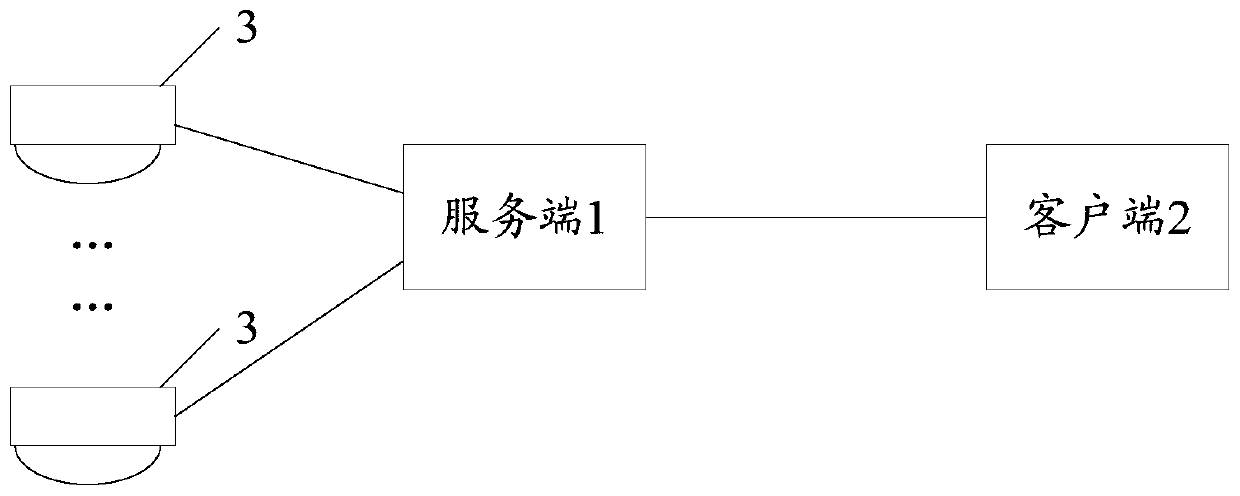Method, device and system for displaying alarm file
A technology for displaying alarms and files, which is applied in the field of communication, can solve the problem of a large waste of storage resources on the server side, and achieve the effects of avoiding a large consumption of resources and bandwidth resources on the server side, improving real-time performance, and reducing occupancy
- Summary
- Abstract
- Description
- Claims
- Application Information
AI Technical Summary
Problems solved by technology
Method used
Image
Examples
Embodiment Construction
[0085] Reference will now be made in detail to the exemplary embodiments, examples of which are illustrated in the accompanying drawings. When the following description refers to the accompanying drawings, the same numerals in different drawings refer to the same or similar elements unless otherwise indicated. The implementations described in the following exemplary embodiments do not represent all implementations consistent with this application. Rather, they are merely examples of apparatuses and methods consistent with aspects of the present application as recited in the appended claims.
[0086] see figure 1 , the embodiment of the present application provides a system for displaying alarm files, the system includes:
[0087] Server 1 and client 2, client 2 can establish a long connection with server 1. As an example, the persistent connection may be a Websocket connection, and the Websocket connection is a full-duplex bidirectional communication connection.
[0088] A...
PUM
 Login to View More
Login to View More Abstract
Description
Claims
Application Information
 Login to View More
Login to View More - Generate Ideas
- Intellectual Property
- Life Sciences
- Materials
- Tech Scout
- Unparalleled Data Quality
- Higher Quality Content
- 60% Fewer Hallucinations
Browse by: Latest US Patents, China's latest patents, Technical Efficacy Thesaurus, Application Domain, Technology Topic, Popular Technical Reports.
© 2025 PatSnap. All rights reserved.Legal|Privacy policy|Modern Slavery Act Transparency Statement|Sitemap|About US| Contact US: help@patsnap.com



